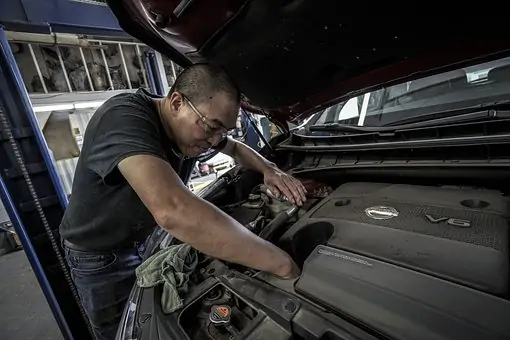Owning a car involves a commitment to regular maintenance to ensure its longevity and performance. One critical aspect of this maintenance is monitoring the coolant level, a task often overlooked by many motorists.
Why Coolant is Crucial
Coolant is vital for the proper functioning of your car’s engine. It regulates the engine temperature to prevent overheating, helps prevent corrosion, and ensures the cooling system operates efficiently. Neglecting to check and maintain the coolant level can lead to severe engine damage, costly repairs, and even complete engine failure.
How Often Should You Check Your Coolant?
Regular coolant checks are essential for avoiding these issues. According to automotive experts, it is advisable to check the coolant level at least once a month. This is especially crucial during South Africa’s warmer months or if you frequently undertake long-distance journeys. Regular checks can help you identify potential problems early, saving you from unexpected breakdowns and expensive repairs.
Step-by-Step Guide to Checking Your Coolant Level
1. Ensure the Engine is Cool
Never attempt to check the coolant level when the engine is hot. Doing so can cause severe burns due to the pressurized steam and hot liquid. Always wait for the engine to cool completely before opening the hood.
2. Locate the Coolant Reservoir
The coolant reservoir is usually a transparent container located near the engine. It typically has “minimum” and “maximum” marks indicating the appropriate fluid levels.
3. Check the Fluid Level
Examine the coolant level by looking at the marks on the side of the reservoir. If the coolant is below the minimum mark, it needs to be topped up.
4. Add Coolant if Necessary
If the level is low, add the type of coolant recommended by your car’s manufacturer until it reaches the maximum mark. Ensure you use the correct coolant to avoid damaging the cooling system.
Additional Tips for Coolant Maintenance
1. Regular Inspections During Maintenance
In addition to monthly checks, it is wise to inspect the cooling system during every oil change or regular service. This can help identify leaks or other potential issues early on, preventing them from escalating into more serious problems.
2. Use the Right Coolant
Different vehicles require different types of coolant. Always refer to your car’s manual or consult with a professional mechanic to ensure you are using the right type.
3. Look for Signs of Leaks
During your checks, also look for signs of leaks around the radiator, hoses, and under the vehicle. Early detection of leaks can prevent more severe damage to the engine and cooling system.
Conclusion
Regular maintenance of your car’s coolant system is essential for preventing overheating and ensuring the engine runs smoothly. For South African drivers, where temperatures can soar, this practice becomes even more critical. By taking a few minutes each month to check your coolant level, you can save yourself from costly repairs and ensure your vehicle remains reliable and efficient.





